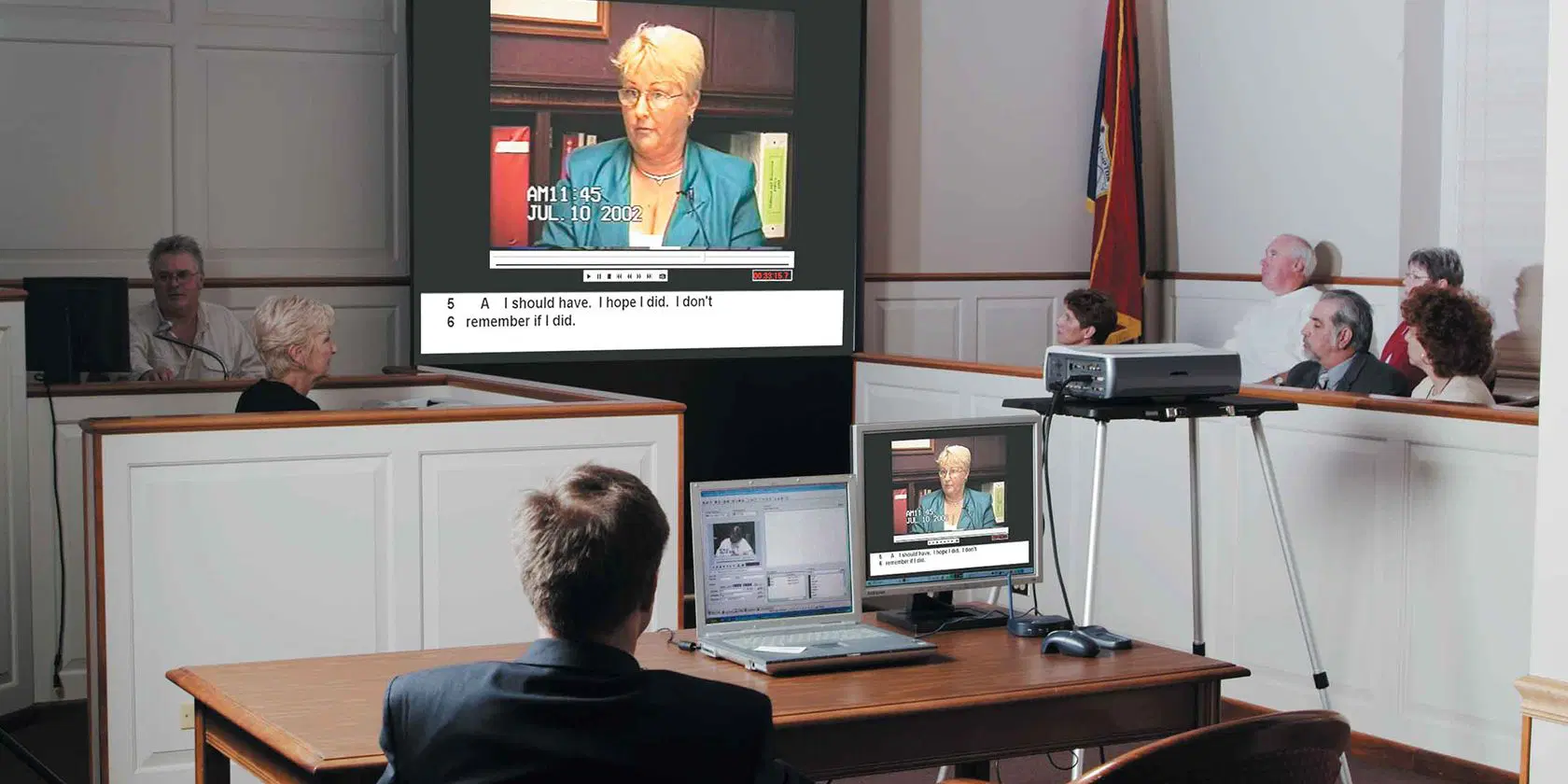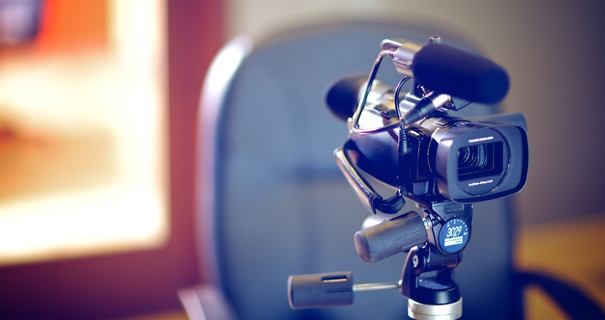How Trial Presentations Help Attorneys Effectively Convey Legal Arguments
How Trial Presentations Help Attorneys Effectively Convey Legal Arguments
Blog Article
Just How Effective Trial Presentations Can Win Your Instance
The efficiency of test discussions is frequently taken too lightly, yet they play an essential function in forming juror assumptions and influencing situation results. As we discover the parts that contribute to a compelling trial presentation, the concern continues to be: what details strategies can attorneys utilize to guarantee their message not just reverberates yet additionally compels action?

Recognizing Your Target Market
Recognizing your audience is critical for delivering a reliable trial discussion. Recognizing who will be present in the courtroom-- jurors, judges, and opposing advise-- allows you to customize your message in such a way that resonates with them. Each team has distinctive expectations, prejudices, and histories, which can significantly influence their assumption of the case.
For jurors, it is important to think about demographics, life experiences, and cognitive prejudices. Jurors might originate from numerous occupations and social histories, influencing their analysis of proof and debates. Involving with them via relatable instances and clear, straightforward language can foster better understanding and empathy.
Judges, on the other hand, focus on lawful standards and step-by-step honesty. Discussions need to be succinct and based in the regulation while valuing court etiquette. Comprehending the judge's preferences and past rulings can further boost your strategy.
Reliable interaction depends upon acknowledging these differences and adjusting your discussion design appropriately (trial presentations). By expecting the audience's responses and resolving their worries, you can produce a more influential story that mesmerizes attention and advertises desirable results
Crafting a Compelling Narrative
A well-crafted story serves as the backbone of a reliable trial presentation, leading the target market through complex details while evoking psychological actions. This narrative should start with a clear and appealing intro that establishes the stage, laying out the crucial themes and concerns at stake. Developing a relatable protagonist-- usually the customer-- can produce an individual connection with the jury, drawing them into the story.
The body of the story must offer the truths in a sensible sequence, weaving together evidence and testament to develop a cohesive debate. Each item of information need to sustain the overarching theme, strengthening the wanted message without overwhelming the audience with unneeded information. Transition expressions can be especially effective, helping to preserve flow and keep the court engaged.
Eventually, the verdict ought to reverberate emotionally, summarizing the instance's significance and advising the court to do something about it with their verdict. By crafting a compelling story that is both organized and emotionally resonant, lawyers can effectively communicate their instance's benefits, making it less complicated for jurors to comprehend and bear in mind the crucial factors long after the trial concludes. This approach not just notifies but additionally persuades, enhancing the probability of a beneficial result.
Making Use Of Visual Aids Effectively

Aesthetic aids play a critical role in boosting test discussions, transforming complicated information into easily accessible info that jurors can conveniently understand. By utilizing charts, charts, layouts, and multimedia aspects, lawyers can make clear intricate points and preserve jurors' focus. Aesthetic help promote the understanding of proof, making abstract principles tangible and relatable.
When picking visual help, importance and simplicity are extremely important. Each aesthetic need to directly sustain the situation story and strengthen key arguments without frustrating the viewer. Extremely complex visuals can diminish the message, causing confusion as opposed to clearness.
Additionally, the critical placement of visual help throughout presentations is essential. They should be introduced at turning points to emphasize critical proof or to show substantial adjustments or patterns. This timing enables jurors to process information successfully, enhancing retention and recall throughout considerations.
Moreover, it is vital to guarantee that aesthetic aids are highly compatible with the courtroom setting. Knowledge with the devices and a back-up strategy can protect against technological problems that might interrupt the flow of the discussion. In summary, efficient use visual help can substantially strengthen a test discussion, leading to a stronger link with the court and a much more convincing situation overall.
Engaging Feeling and Empathy
While offering valid proof like this is crucial, appealing feeling and empathy in test discussions can exceptionally affect jurors' assumptions and decisions. Jurors are not just decision-makers; they are humans that reply to narratives that reverberate on an individual level. By weaving emotional aspects right into the presentation, lawyers can create a connection that goes beyond mere statistics and lawful lingo.
Storytelling is an effective device in this context. By providing the situation as a narrative that highlights the human impact of the events in inquiry, attorneys can evoke feelings of compassion, temper, or even are afraid - trial presentations. These feelings can substantially sway jurors, making them linked here much more likely to understand with the plaintiff or offender

Ultimately, a test presentation that effectively engages emotion and empathy can produce an engaging debate that reverberates deeply, leading jurors to really feel a personal risk in case, thus boosting the possibilities of a desirable decision.
Exercising Delivery Techniques
Engaging see this emotion and compassion lays a strong foundation for trial presentations, yet the effectiveness of these components rests on the delivery methods utilized by the lawyer. Grasping distribution strategies is crucial for making certain that the message resonates with the court. This entails practicing tone, rate, and body movement to enhance integrity and link with the target market.
Practicing the discussion multiple times allows attorneys to fine-tune their style and determine locations for enhancement. Recording practice can give beneficial insights right into one's nonverbal hints and singing inflections, assisting to get rid of distracting behaviors. Additionally, obtaining responses from peers can highlight toughness and weak points, assisting more improvement.
Effective use stops briefly can additionally be an effective strategy; they enable the jury to absorb critical information and increase emotional influence. Lawyers should also bear in mind eye get in touch with, as it promotes depend on and engagement with jurors.
Ultimately, the combination of practiced shipment methods and the emotional vibration of the presentation can substantially affect the court's perception, developing an engaging instance that sticks out in their minds. The power of well-executed delivery can not be overemphasized in the quest of a favorable decision.
Conclusion
In summary, efficient trial discussions are crucial in influencing juror choices. A complete understanding of the audience, combined with a compelling narrative, cultivates involvement and comprehension of intricate issues. The calculated use visual help boosts clarity, while psychological vibration grows empathy and link. Understanding delivery methods better amplifies these elements, inevitably adding to a convincing case discussion. By incorporating these elements, attorneys can considerably increase the possibility of attaining a beneficial decision.
Report this page